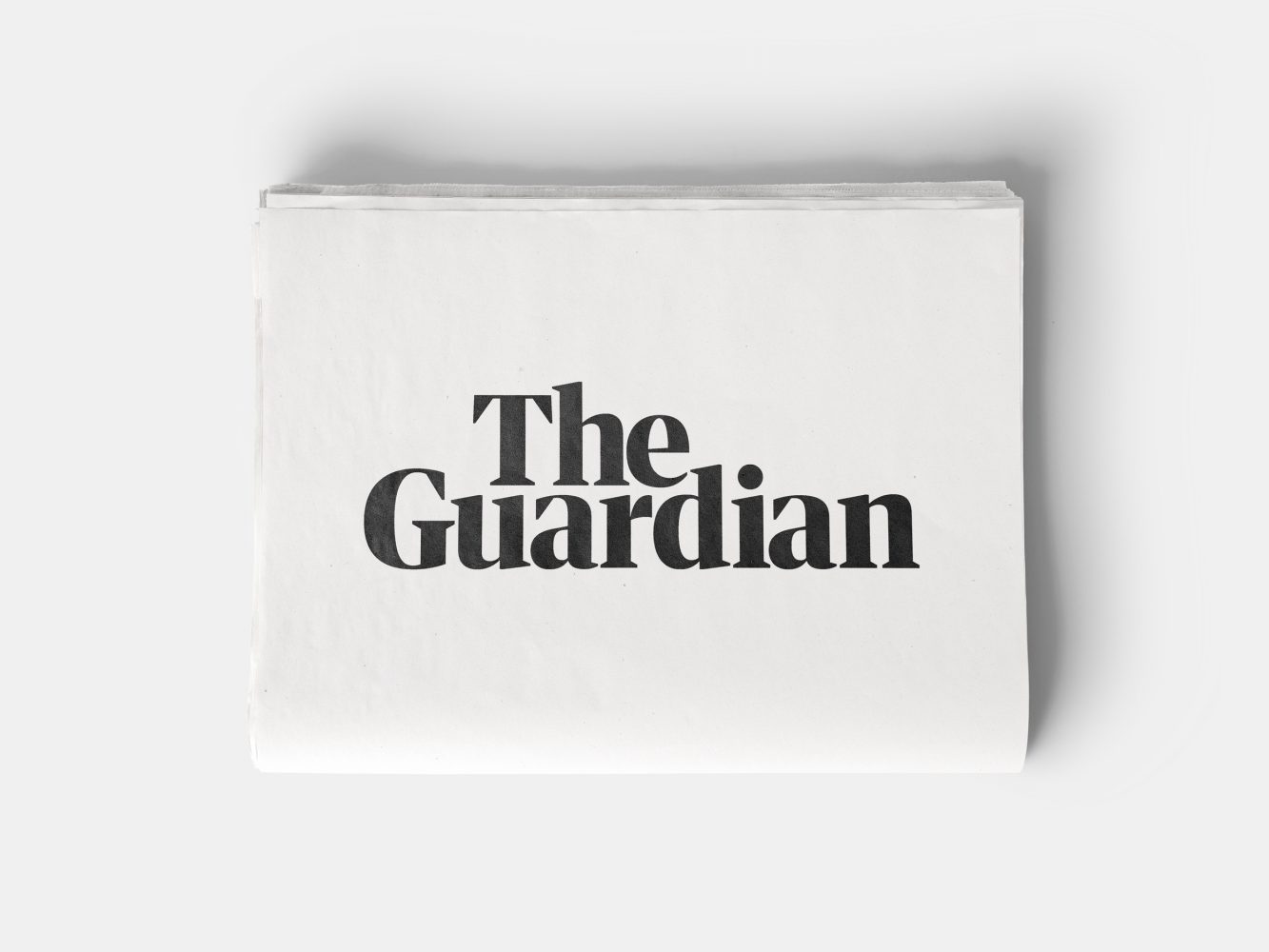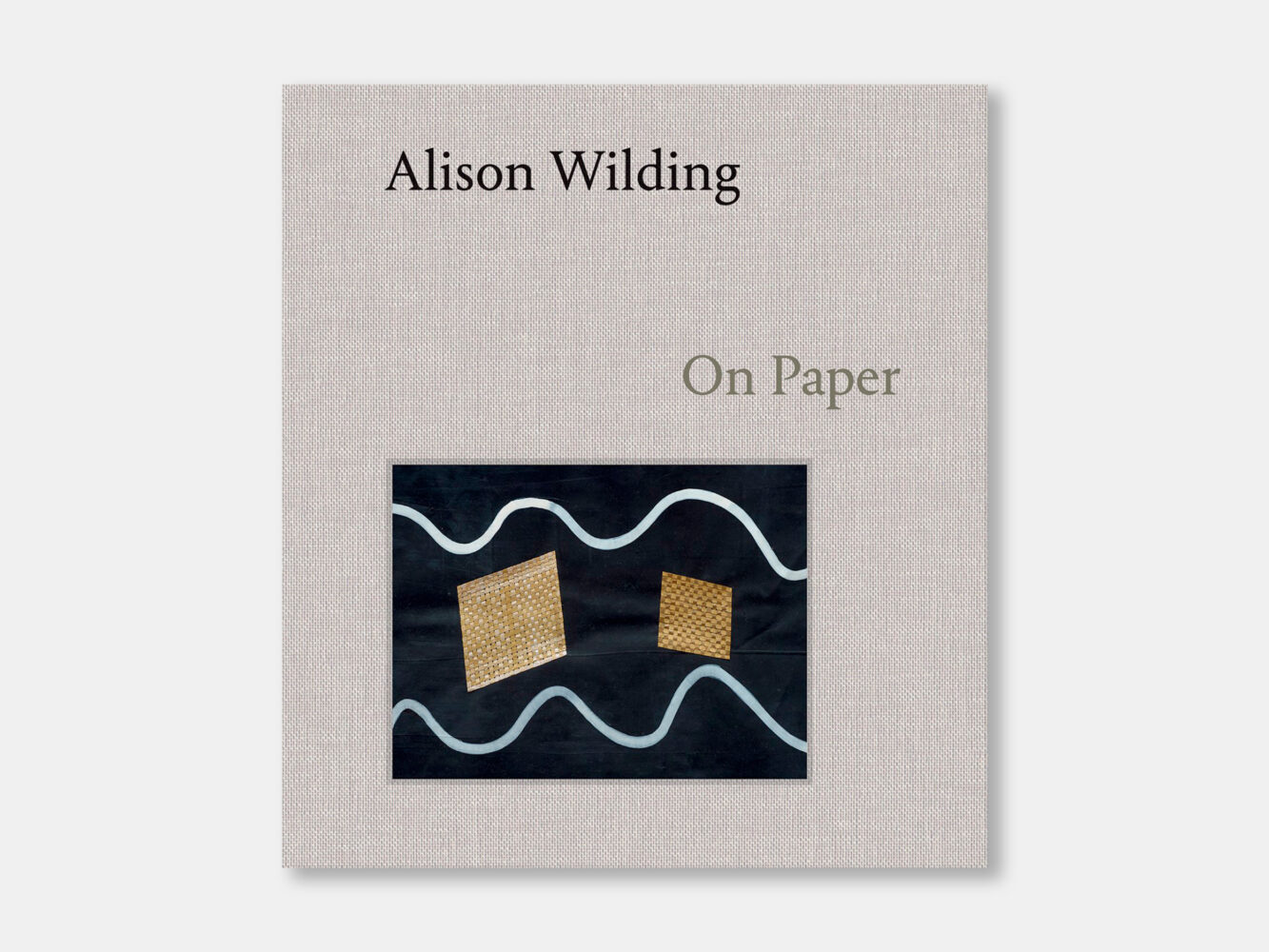Text
‘It starts with a desire to do something’, Alison Wilding says of her abstract, obdurate, object-world. And, while these objects remain ‘firmly placed in our world’, Wilding hopes they will nonetheless ‘offer a glimpse of an alternative order.’
– Jo Applin, ‘Beautiful, Deadly Things: The Sculpture of Alison Wilding’, Alison Wilding, Lund Humphries, 2018
Alison Jacques presents our first exhibition of British artist Alison Wilding (b. 1948 Blackburn, UK); a widely anticipated overview of the artist’s 50-year career, spanning work from 1975 to the present day. This show allows a comprehensive insight into one of Britain’s most respected and yet under-recognised sculptors.
Wilding’s work is often discussed in terms of materials and shadow, concealment and revelation; the artist refers to her work as ‘mostly abstract sculptures’. Outside of abstraction, her practice is very much related to human desires and bodily encounters. As Wilding says, ‘sculpture can be sexy’. Wilding often pushes together and juxtaposes unlikely relationships between materials including wood, rubber, paper and sand, focusing on her continued exploration of balance, weight and line.
This exhibition also gives us an insight into the scale at which Wilding works. Small scale-sculptures made from an array of materials including bronze, alabaster, brass, copper, Iranian string, wax, forged iron, wire and a feather are presented on a worktable from the artist’s East London studio. Elsewhere, large-scale floor-based and free-standing works are shown in conversation with intimate wall-based works. Wilding’s recent work Trip Trap (2023), displayed directly on the floor, lies in conversation with Without Casting Light on the Subject (1975), the starting point of the exhibition, made 48 years ago.
Wilding has constantly experimented with the boundaries of sculpture, side-stepping any traditional value orders, using the found and the made, the expensive and cheap with equal importance. ‘I like stuff and not particular materials’. Wilding’s works sit on the floor, lean precariously against walls, stand proud and, at times, seem to shift in proportion and definition as the viewer moves round the work. The involvement of the viewer – who must kneel, peer inside and duck to experience and reveal the pieces – has always been a central concern.
Emerging from the male dominated group ‘New British Sculpture’ in the 1980s, a reaction to Minimalism and Conceptual art marked a return to the incorporation of traditional materials and techniques. As one of the few female artists within this group, Wilding’s work has often been under the radar in comparison to her male counterparts, despite solo exhibitions at MoMA, New York (1987), the Serpentine Gallery, London (1985), a retrospective at Tate Liverpool (1991) as well as a major installation throughout the Duveen Galleries, Tate Britain (2013).
Wilding studied at Nottingham College of Art in 1966, at Ravensbourne College of Art and Design from 1967 to 1970, and then the Royal College of Art from 1970 to 1973 (where she was the only woman in her year group). Wilding has since been twice nominated for the Turner Prize (1988 and 1992), awarded an OBE (2018) and was made a Royal Academician (1999). Karsten Schubert London began representation of Wilding from 1987 to 2023.
Wilding currently has a solo exhibition at Heong Gallery, Downing College Cambridge until 28 September 2024, and an exhibition of her drawings donated by the late Karsten Schubert at The Whitworth, Manchester until 2025. Her work is on permanent display at Tate Britain, other museum collections include the Art Gallery of New South Wales, Sydney; Arts Council Collection, London; British Museum, London; Henry Moore Institute, Leeds; Leeds City Art Gallery, Leeds; Scottish National Gallery of Modern Art, Edinburgh and Victoria and Albert Museum, London.
Public commissions which are currently on view include Migrant at Snape Maltings, Suffolk, a drinking fountain at Rathbone Place, London, Still Water at The National Memorial Arboretum and Swarm, at 1 Grosvenor St, London.
A catalogue of Wilding’s works on paper, On Paper, will be published by Ridinghouse in Autumn 2024. This includes essays by Penelope Curtis, Anna Lovatt and a conversation between Alison Wilding and Rosie Cooper, director of Wysing Art Centre, who curated Wilding’s solo exhibition Right Here and Out There at De La Warr Pavilion, Sussex in 2019. Alison Jacques will host a launch of On Paper at the gallery on Wednesday 23 October, from 6-8pm.
Works
-
![]() Ahem, 2020
Ahem, 2020 -
![]() Earring, 2024
Earring, 2024 -
![]() Trip Trap, 2023
Trip Trap, 2023 -
![]() Breaker, 1985
Breaker, 1985 -
![]() Belvedere, 2011
Belvedere, 2011 -
![]() Gobstopper 5, 2020
Gobstopper 5, 2020 -
![]() Still Untitled, 2001
Still Untitled, 2001 -
![]() Press, 1, 2006
Press, 1, 2006 -
![]() Press 2, 2006
Press 2, 2006 -
![]() Solenoid, 2015
Solenoid, 2015 -
![]() Badapples, 2014
Badapples, 2014 -
![]() Killjoy, 2015
Killjoy, 2015 -
![]() Pair, 1994
Pair, 1994 -
![]() Without Casting Light on the Subject, 1975
Without Casting Light on the Subject, 1975 -
![]() Three Available Tables, 1975
Three Available Tables, 1975 -
![]() April, 1982
April, 1982 -
![]() Hocus Pocus, 2022
Hocus Pocus, 2022 -
![]() Drowned, 1993
Drowned, 1993 -
![]() Terrestrial, 2003
Terrestrial, 2003 -
![]() Tablet 1, 2009
Tablet 1, 2009 -
![]() Tablet 3, 2009
Tablet 3, 2009 -
![]() Tablet, 4, 2009
Tablet, 4, 2009 -
![]() Tablet 5, 2009
Tablet 5, 2009













































































































































